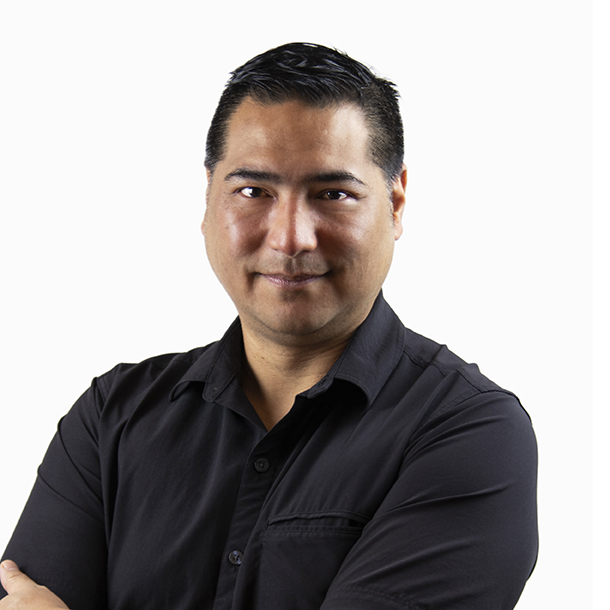
Unverified: A Path to Rebuilding Audience Trust
The recent move by Twitter and other social platforms to charge for “verified” accounts couldn’t have come at a worse time.
The recent move by Twitter and other social platforms to charge for “verified” accounts couldn’t have come at a worse time. This ill-conceived and fumbled rollout has companies, organizations, and publishers scrambling to understand the impact on their brands. This sweeping change creates a crisis of confidence and further undercuts public trust in an already chaotic information environment that’s fraught with misinformation and mistrust.
The New York Times, Washington Post, and other major news outlets are refusing to pay. They can afford to go this route, having built their brands, reputation, and a following of millions of subscribers. Where does this leave the rest of us? We rely on these channels as part of our outreach and engagement strategy. Being Twitter-verified will cost organizations $1000 per month, a significant sum for most nonprofits. Ultimately, a “checkmark” is a weak signifier and doesn’t automatically instill faith in your organization anymore. It’s time to re-evaluate our relationship with these platforms and reassess how we establish trust with our audiences.
Taking this on is daunting, especially in a world where cynicism has taken hold because people don’t know who to trust and – as result – decide not to believe anything. An alarming statistic from Morning Consult’s special report on Trust in Nonprofits revealed forty-three percent of Americans have experienced a loss of trust in a nonprofit, and those who report a loss in trust are generally unforgiving.
In her latest book, Trustworthy, Brand strategist Margot Bloomstein warns that it’s an easy trap to stoke cynicism and appeal to fear and anxiety, which is unfortunately rewarded by algorithms that keep our whole society fearful — angry, cynical, and stuck.” To stem this tide, she encourages “meeting people where they are to regain audiences’ trust, rebuild their confidence, and empower them to make good decisions.” She says we must help audiences help themselves by affirming their sense of hope.
This process starts with connecting through shared values. A recent survey we commissioned on behalf of a leading environmental NGO revealed that aligning with personal values correlated with a person’s openness to engage. Expressing your values and using that as a foundation to start an open dialogue is essential in all of your communication.
A good example of this comes from our brand work with our clients. We leverage core values to craft clear and consistent messaging to express their values. Working with the same NGO, we’re co-creating a new brand story that centers on equity and justice. They know that solving the climate crisis is impossible without addressing racial injustice and threats to our democracy. They are primarily known for their conservation work, so we are raising awareness of their transformational journey in hiring, programs, and advocacy. We’re collaborating on themes to welcome the voices and aspirations of frontline communities disproportionately impacted by the effects of climate change. To set them apart, we’re leaning into their culture, which is hopeful and positive about the future. They firmly believe that by working together, we can achieve anything. This simplicity and optimism is their greatest strength, and in this fast-changing world, they offer people a vision that helps explain the world around them and how we can affect change in it.
Like in all relationships, trust is earned and built over time. But it requires showing up and following through. It takes deep listening, being present, and caring. Living your values is the most powerful attractor and more meaningful than any checkmark.




